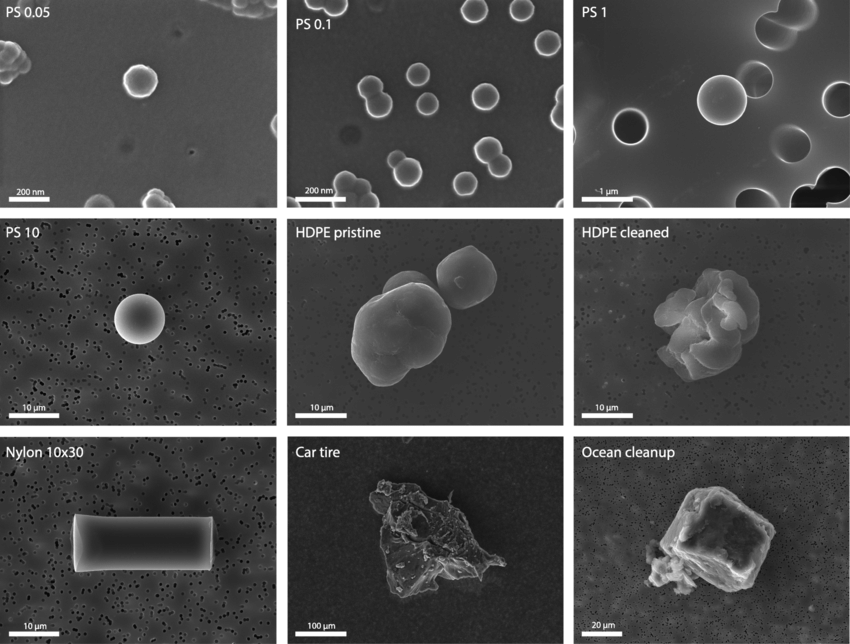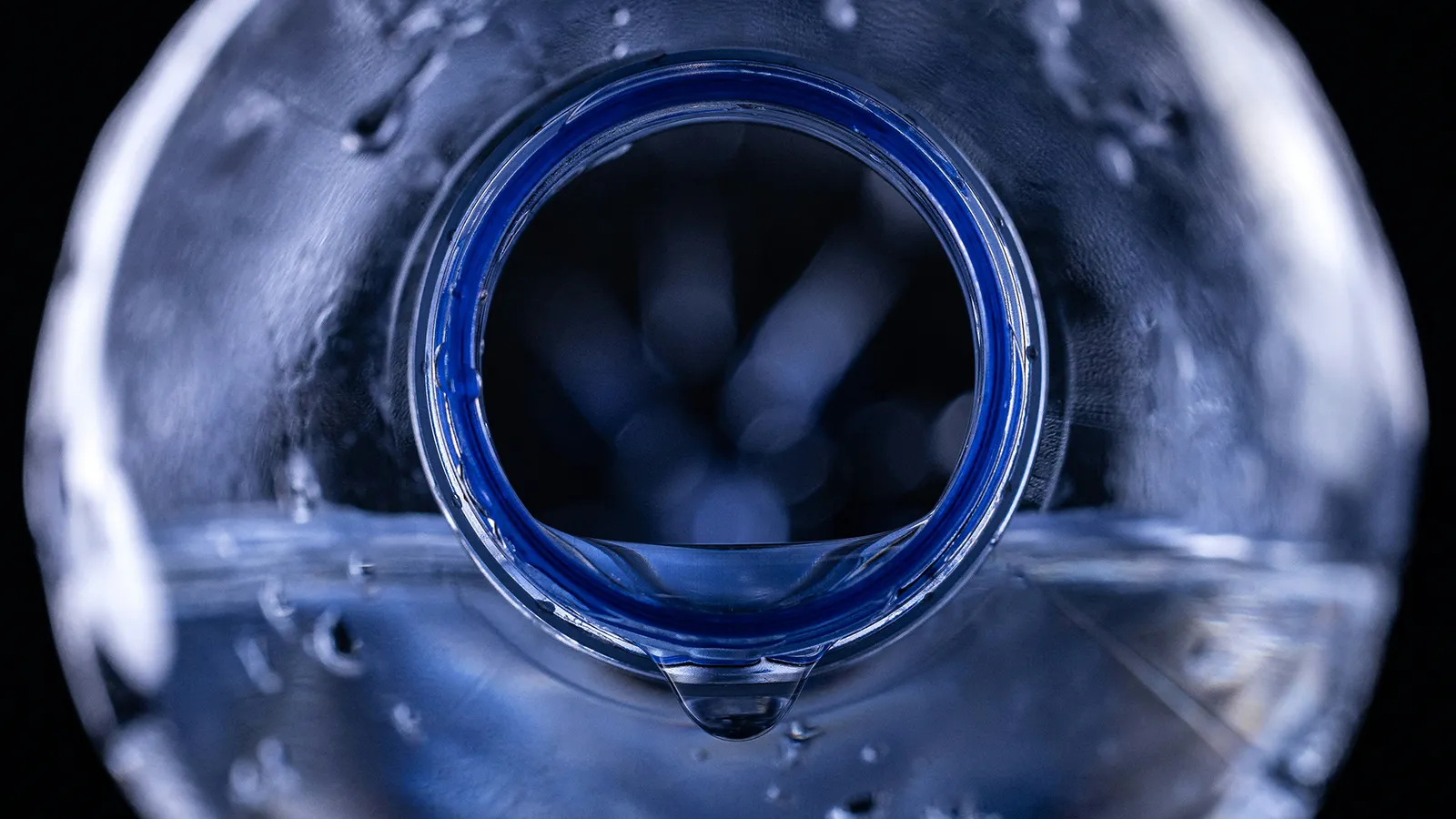Nanoplastics and Our Addiction to Plastic: Confront or Accept?
It is almost impossible to imagine our daily lives without plastic. This ubiquitous material, from food packaging to our clothes, plays a crucial role in our modern conveniences and prosperity. At the same time, our reliance on plastic brings hidden challenges, particularly from microplastics and their even smaller counterparts, nanoplastics. Although often invisible, it is essential to consider their impact on our health and the environment.
We are at a point where recognition of the benefits of plastics goes hand in hand with the realisation that we need to rethink the negative implications. This presents us with several options: accept the status quo, setting the benefits of plastics against the potential risks, or actively seek ways to reduce nanoplastic emissions and manage their impact through innovation in production and recycling. However, another option is to look for a balanced combination of both approaches, where nuance is crucial.
Much is currently unknown about the impact of nanoplastics, underlining the importance of extensive research so that we can make informed choices for the future. This blog post explores the world of micro- and nanoplastics, and what is known. What are their origins, the impact on our lives, and the possible scenarios for dealing with this invisible challenge? Together, we will look at what lies hidden in the visible and the possible paths forward.
The Emergence of Micro- and Nanoplastics: An Invisible History
The origins of micro- and nanoplastics are closely intertwined with the history of plastics. Since the mass production of plastic in the early 20th century, this material has revolutionised many industries, from packaging to textiles.
Microplastics, defined as plastic particles smaller than 5 millimetres, are created in two ways. Primary microplastics are produced directly for use in products, such as in personal care products. These are often added to scrubs, toothpastes and other cosmetics. Similarly, a 2016 study by Napper and Thompson showed that synthetic clothing can release significant amounts of microplastics during washing.
The second way microplastics are generated is through the breakdown of larger plastic materials, such as plastic bottles, bags and packaging. Over time, these larger pieces of plastic are exposed to the elements such as sunlight, wind and sea water, gradually breaking down into smaller particles. At some point, these pieces of plastic are then called microplastics.
Nanoplastics are even smaller than microplastics, often smaller than 100 nanometres, and are mainly created by the further breakdown of microplastics. This degradation can result from physical, chemical and biological processes as explained by Bergmann, Gutow & Klages in a 2015 study.
Meanwhile, these plastic particles are everywhere in the environment as mentioned by Rochman et al., in 2013. In our daily lives, we also encounter micro- and nanoplastics everywhere. These micro- and nanoplastics are a growing environmental and public health concern. This is because they can be easily taken up by organisms and spread through the food chain. We find the tiny plastics in everyday products such as:
1. Personal care products: Many scrubs, toothpastes and other cosmetics contain microplastics that serve as abrasives.
2. Synthetic clothing: During washing, fabrics such as polyester and nylon can release microplastics that eventually end up in water.
3. Household products: Everyday items, from kitchen sponges to washing-up liquid, contain or generate microplastics.
4. Food and beverages: Microplastics have been found in products such as seafood, honey, beer and even tap and bottled water.
5. Industrial processes: Various industrial applications, such as car tyres and paints, also contribute to the spread of microplastics.
Characterization of micro- and nanoplastic particles by scanning electron microscopy. Source: Advanced epithelial lung and gut barrier models demonstrate passage of microplastic particles study.
Nanoplastics Under the Microscope: Recent Discoveries and Their Significance
Recently conducted research by scientists Qian et al., from Columbia University and Rutgers University, published in the Proceedings of the National Academy of Sciences January 2024, has revealed the amount of undiscovered nanoplastics in bottled water. Although it was known that nano plastics existed, concrete figures were lacking. Previously, there were mainly estimates, but this groundbreaking research revealed that the numbers of nanoplastics are significantly higher than initially thought.
According to the study, about 240,000 detectable plastic fragments were found in a typical litre of bottled water. Remarkably, about 10% of the detected plastic particles were microplastics, while the remaining 90% were nanoplastics.
These discoveries shed new light on the presence and impact of nanoplastics in our everyday consumer goods, as reported by NPR, CNN, BBC and NOS, among others. They highlight the urgent need to further investigate and understand the health effects of these tiny particles. The research shows that the concentration of nanoplastics in bottled water is 10 to 100 times higher than previously estimated.
These findings mark a turning point in societal understanding of nanoplastic pollution and highlight the importance of more research and awareness of this growing challenge. Clearly, the presence of nanoplastics in our daily lives is an unknown phenomenon that deserves further attention.
The Echo of Micro- and Nanoplastics: Implications for Health and Environment
Micro- and nanoplastics, although invisible to the naked eye, have significant impacts on both our society and our environment, as described for instance in the study by Ali et al. from late 2023. Their impact is twofold and can be divided into two main areas:
1. Health risks
Nanoplastics pose a potential risk to human health. Their ability to invade cells and tissues opens the door to a range of human health consequences, the full scope of which has yet to be discovered. The growing evidence does already suggest that exposure to microplastics and nanoplastics can have adverse effects on various human organ systems.
2. Environmental impact
The impact of these particles also extends further across our ecosystems. They pollute water sources with effects that threaten both biodiversity. For instance, the term “plastic soup” refers to the accumulation of plastic waste in oceans and seas, where large pieces of plastic turn into microplastics over time, and microplastics eventually into nanoplastics.
Although numerous studies with animals and cell cultures indicate harmful biological effects of nanoplastics, the underlying mechanisms are still unclear. Moreover, whether long-term exposure to nanoplastics is associated with disease susceptibility needs to be investigated. Further observational studies are needed to investigate the potential adverse health effects of nanoplastics in humans and the related mechanisms. It is also essential to quantify the impact of nanoplastics on human health and their pathogenesis in future studies. This will help summarise current knowledge and reduce any research gaps.
Shaping a Future with Nanoplastics: Scenarios and Solutions
With the recent revelations about nanoplastics, we are at the threshold of potential changes in policy, innovation and awareness. We are at a point where recognition of the benefits of plastics is accompanied by the realisation that we need to rethink the negative implications. This presents us with several options:
1. Regulation and Policy: The urgent need for strict environmental laws and regulations regarding the use and production of plastics is becoming increasingly clear, as highlighted for example in Wageningen University’s dossier on microplastics and nanoplastics.
2. Innovation: Research institutions such as technical universities and Wageningen University play a crucial role in the development of biodegradable alternatives and new, eco-friendly materials that can have a positive impact on our plastic use, but also on ways of living together with micro- and nanoplastics.
3. Awareness and behavioural change: Growing awareness among consumers about the presence of microplastics in everyday products is leading to increased demand for products with less or no plastic, which can help reduce our dependence on plastics. As are changes in producer behaviour, where at all steps of the plastic chain, more attention is starting to be paid to the pros and cons of the material.
It is important to realise that there is no single solution to the issue of micro- and nanoplastics. Different scenarios are possible, and the future will have to show which direction we take. We, at Better Future Factory, advocate an approach where we try to preserve the positive aspects of plastics while better identifying and trying to counter the negative impact. It is a complex issue where finding a balance between the benefits and drawbacks of plastic will be key.
Challenge to Sustainability
The discovery of the widespread presence of nanoplastics in our drinking water and other consumer products underlines the urgency of global action against plastic pollution, and caused shock to many. At the same time, it also serves as a powerful wake-up call. This challenge challenges us to be creative and innovative in addressing this situation. It presents an opportunity for new ideas and solutions that not only reduce plastic pollution but also help restore our planet. It requires a concerted effort by consumers, industries and policymakers to make more sustainable choices. Our collective future and the health of our planet depend on the steps we take now. At Better Future Factory, we are committed to contributing to this transformation by working on innovative solutions that not only address today’s challenges, but also create a better future for us all.



